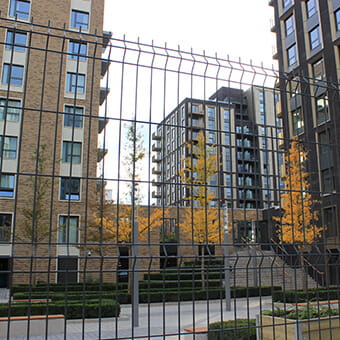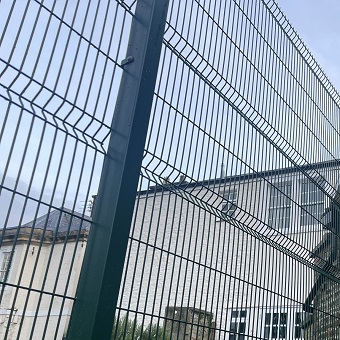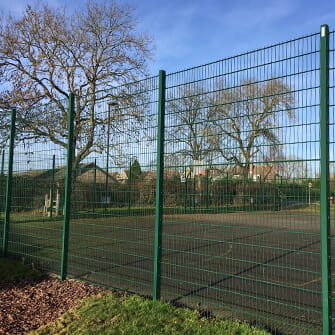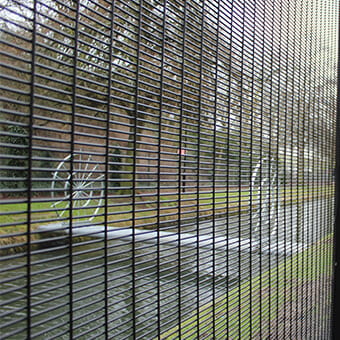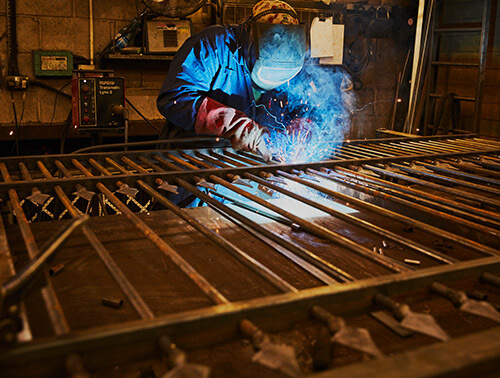Our other sites:
While high security sites are generally closed to public access, there are reasons why a high security site such as a data centre, utilities site, or government property needs to allow access to vehicles – including admitting staff, welcoming clients and authorised visitors, maintenance services, and accepting deliveries.
As we frequently discuss in our guidance, high security sites should employ an integrated security strategy such as the 5 Ds, involving multiple layers built up of perimeter fencing and often secondary areas of fencing, gates and vehicle access control barriers, PIDS, CCTV, and manned security. Vehicle access control barriers form the deny and delay layers of the 5 Ds model – gates to deny access until authorised, and vehicle access control barriers like bollards and road blockers to delay entry. For access control, a higher security site will need more than just a gate. Access will need to be controlled, visitors will be monitored, and authority will need to be given. In this case, while checks on the vehicle and its occupants are carried out, the vehicle will need to be held at a vehicle access control point (VACP).
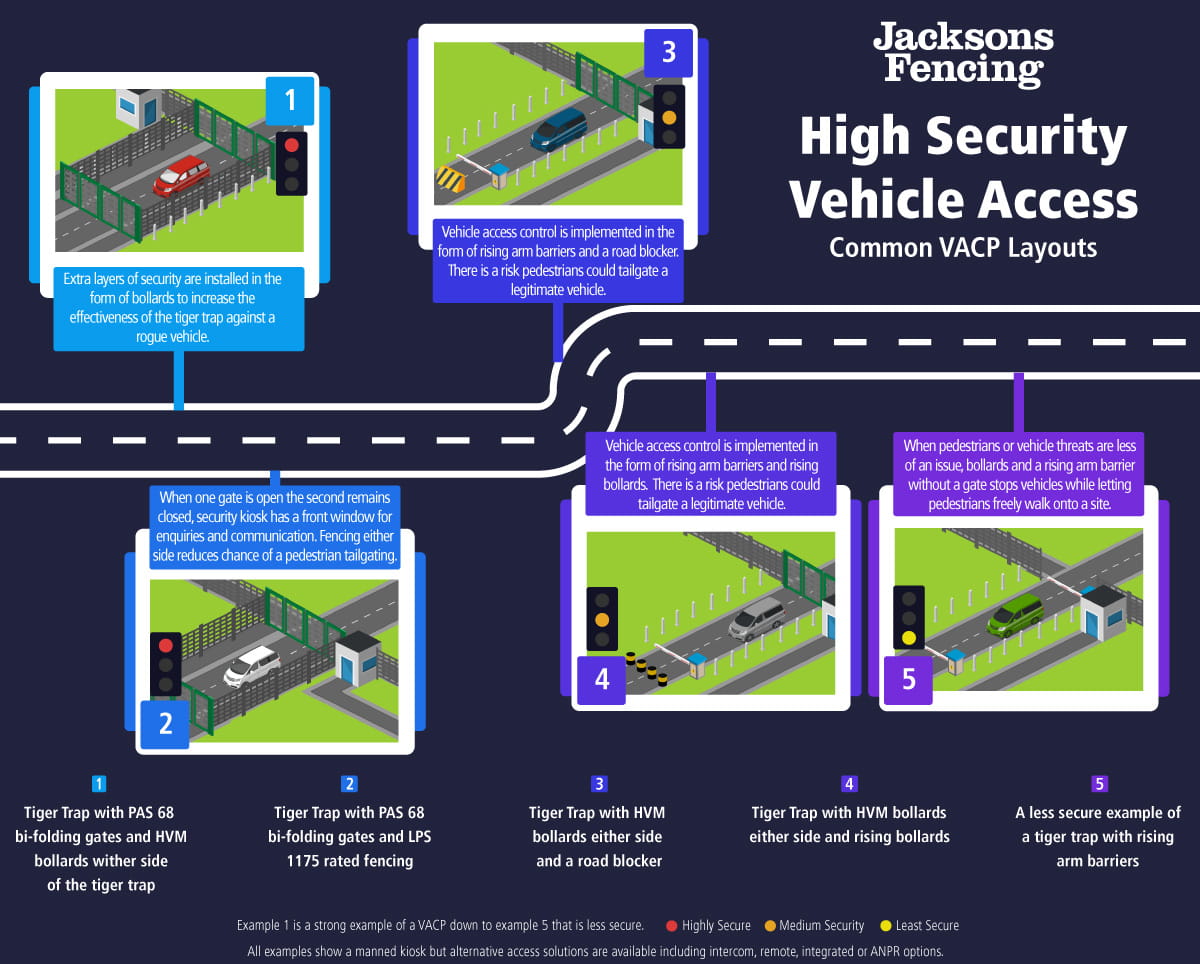
Common VACPs include:
Interlocking systems
This is a traditional way to create an entrance to a high security site. A traditional access control format at a high security site features gates or barriers on the outer perimeter, which will by default be closed until access is granted to an authorised vehicle. Once admitted, the vehicle will be forced to slow down or stop, facilitated by a vehicle access control barrier such as bollards, another gate, a traffic arm barrier, or road blocker, or a combination of measures. The first gate or barrier will close and the second gate or barrier will not open until a vehicle, passenger and cargo search has taken place and the passengers have been authorised and briefed with site guidance. This is commonly known as an air-lock, tiger trap, or Sally-Port.
Layered approach
Using product ratings such as LPS 1175 and PAS 68, products are installed in staggered stages to build up the perimeter to the desired rating, for example, a line of Jakoustic® Class 3 C5 fencing, and a separate line of UHS Heavy® C5 fencing provides a delay of 10 minutes. This fits well with the layers in the 5 Ds model. More about this can be found in our blog post.
Access to visitors and staff
Where possible, it may be useful to have another car park which is inside the main perimeter but outside a second internal perimeter. This would allow staff and visitors to safely park in a controlled area, and continue on foot to a second access point such as a pedestrian gate or full height turnstile (ensure there are options for disabled access).
Common vehicle access control barriers
Vehicle access control is required at most sites and not just high security sites. There are many solutions available to suit general access control requirements including gates, parking barriers, bollards, maximum height barriers and road blockers.
Options for standard vehicle access control barriers from Jacksons Fencing include:
Sites such as supermarkets for example need secure areas to accept deliveries, but are also open to the public. Delivery areas are commonly protected by sliding gates to allow efficient access and secure the area when not in use, and this is sufficient for this type of site.
Vehicle access control barriers are also regularly used around car parks such as traffic arm barriers, while bollards are often used in areas where vehicle access needs restricting, but pedestrian access is not a problem. Commonly, automated bollards are used so that they can be retracted to allow access to vehicles when required.
High security vehicle access control barriers
High security vehicle access control barriers share the same principles, but have often been crash tested to PAS 68 or IWA-14.
Our high security vehicle access control barriers include PAS 68 rated bi-folding speed gates, road blockers, and static and automated bollards, with some capable of stopping a 7500kg vehicle travelling at 50mph. (Check each product for its individual rating).
Other points to consider for vehicle access control
The diagram below shows an example of various access control measures in situ at a high security site, in this example a data centre.
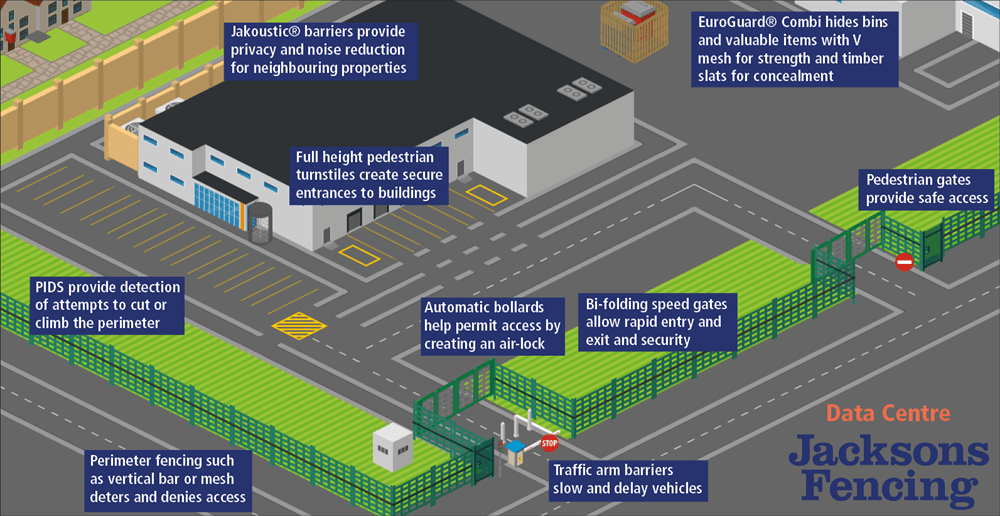
Related products
Jacksons Security has a range of products relating to this article, all complete with our 25 year service life guarantee. If you cannot find the item you are looking for, please do not hesitate to call our friendly sales team.
Related Content
Top
